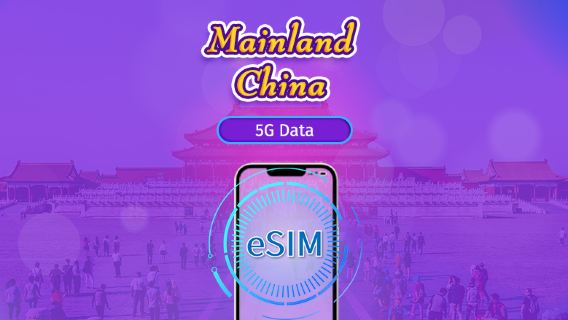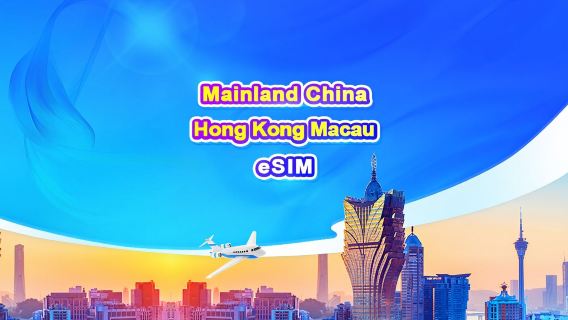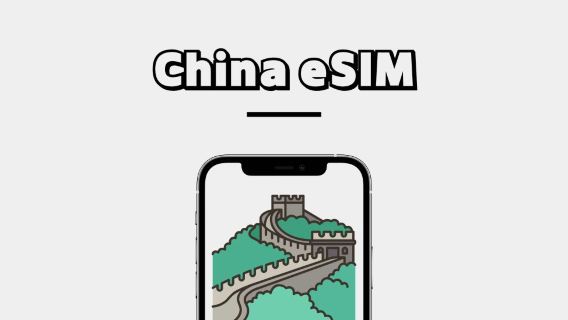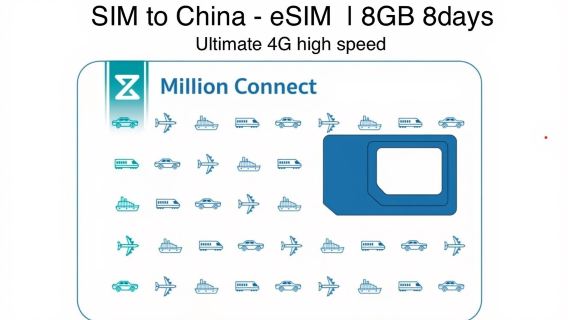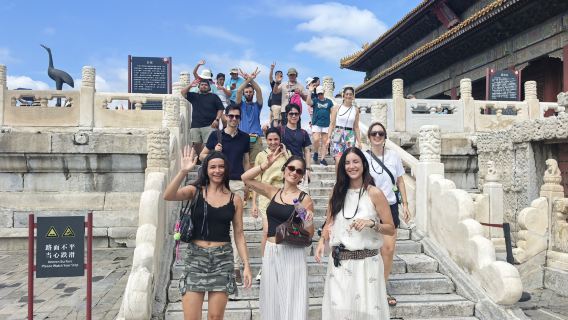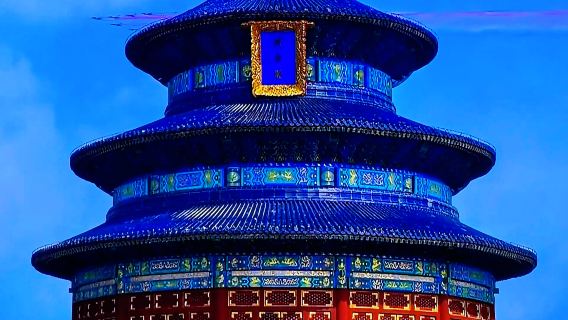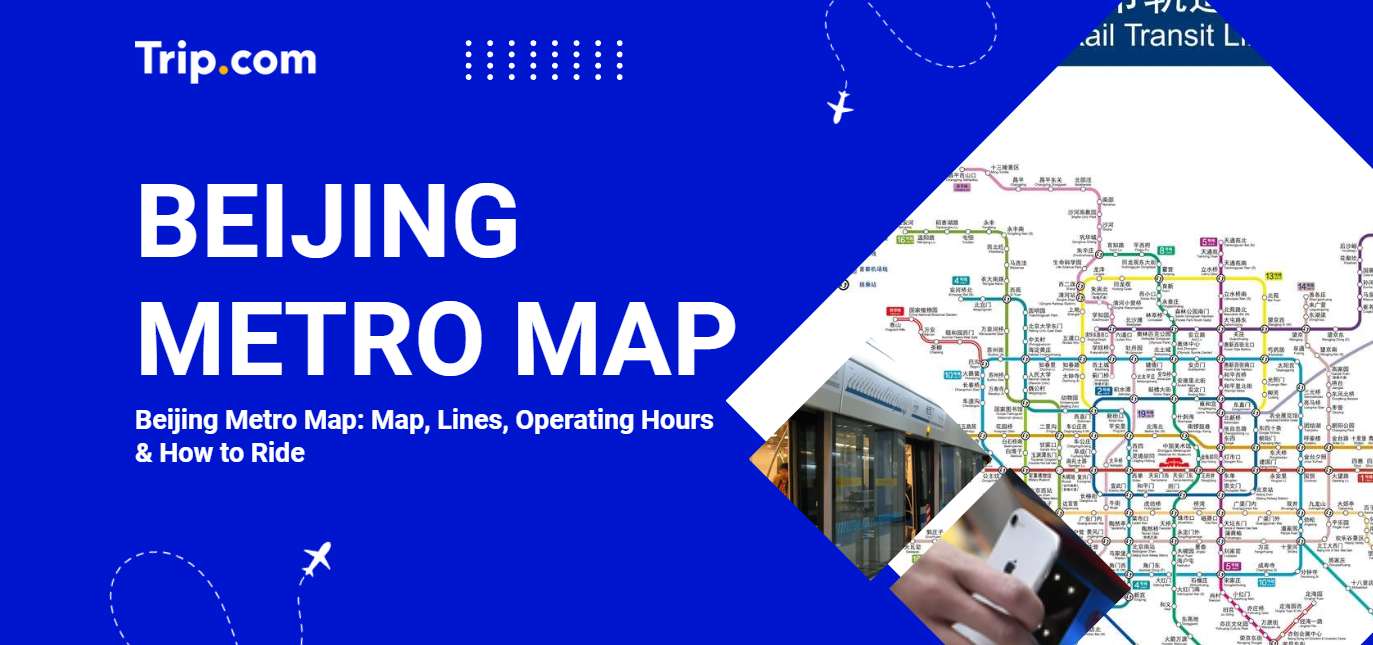
Here is your guide to mastering Beijing's Metro, and learn how to navigate maps, fares, stations, and schedules 👇 Essential information for effortless Beijing subway travel.
Beijing Metro Map 2025

Source from Travel China Guide
The Beijing Subway was first officially put into operation with Line 1 in 1969, making it the first urban rail transit system to open on the Chinese mainland.
By the end of 2024, the Beijing Subway has grown to encompass 27 lines, 490 stations, and a total operational mileage of 836 kilometers, competing closely with the Shanghai Metro for the title of the world's longest urban rail transit system in terms of total route length.
Among its lines, the Beijing Subway Daxing Airport Express connects directly with Daxing District and the Beijing Daxing International Airport, serving as a key rapid transit link between the city center and a major international aviation hub.
Beijing Metro Lines & Stations
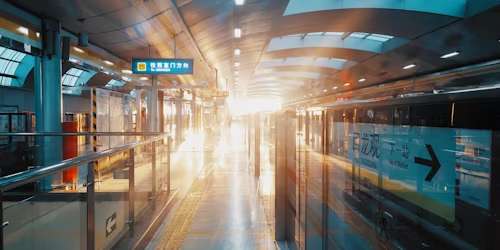
Source from Unsplash
Beijing Subway is one of the world's largest metro systems, with 27 lines and over 800 km of track.
- Hours: Approximately 5:00 AM – 11:30 PM (varies by line).
- Fares: ¥3–¥9 (distance-based pricing, with most urban trips under ¥7).
- Payments: "Yitongxing" App, Alipay, WeChat Pay, or contactless transportation cards.
- Best Apps: "Beijing Subway" Official App or "Map of Beijing Subway" for real-time navigation.
Beijing Metro Top 5 Interchange Hubs
- Xizhimen Station (Lines 2, 4, 13) → Transfer to Beijing North Railway Station
- Dongzhimen Station (Lines 2, 13, Airport Express) → Access to Capital Airport
- Chengshousi Station (Lines 5, 10) → Fengtai District & high-speed rail hub
- Guomao Station (Lines 1, 10) → CBD core area
- Fuxingmen Station (Lines 1, 2) → Key transfer in central city
Beijing Metro 4 Key Lines
Line | Route | Must-Visit Stops & Attractions |
• Wangfujing: Major shopping street • Military Museum | ||
• Gulou Dajie: Bell & Drum Towers • Jishuitan: Historic hutongarea | ||
• Jintaixizhao: CBD core • Bagou: Access to Summer Palace | ||
Fare: ¥25 |
How to Use Beijing Metro
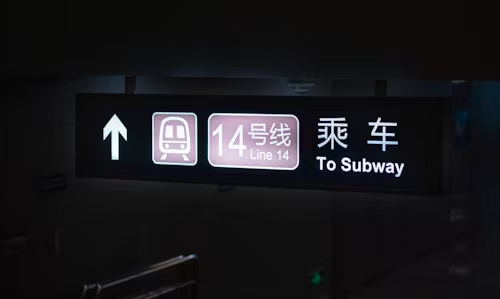
Source from Unsplash
Beijing Metro | Step 1: Ticketing Options
You can purchase single-journey tickets at automatic ticket vending machines (TVMs) using cash or by scanning a QR code. Please note that only some machines accept cash.
You can also buy or top-up a "Beijing Municipal Administration and Communications Card" (Yikatong) at dedicated card vending machines. A RMB 20 deposit is required for the standard card, which is refundable. Any remaining balance under RMB 100 is also fully refundable.
Beijing Metro | Step 2: Security Check
All bags must go through an X-ray scanner, and passengers are required to walk through a security gate. Please cooperate with security personnel. For a list of restricted items, you can refer to the regulations posted at stations.
Beijing Metro | Step 3: Entering the Station
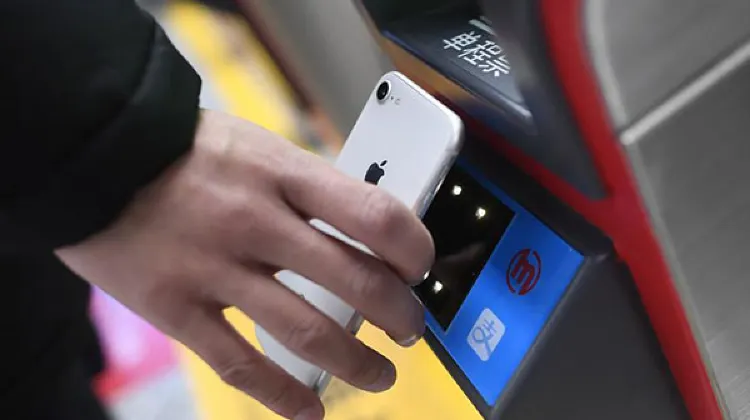
Source from Unsplash
Here is how to use different ticket types at the gate:
- Single-Journey Ticket: Insert the ticket into the slot on the gate.
- Yikatong Card (Physical or NFC on your phone): Tap the card on the circular sensing area above the gate.
- QR Code (e.g., from the "Yitongxing" App): Scan your code against the QR code reader on the gate. It's recommended to have the code ready before approaching the gate. Bluetooth does not need to be enabled.
At some stations, the gates remain open by default. If you attempt to pass without a valid ticket scan, the gate will close.
Step 4: Boarding the Train
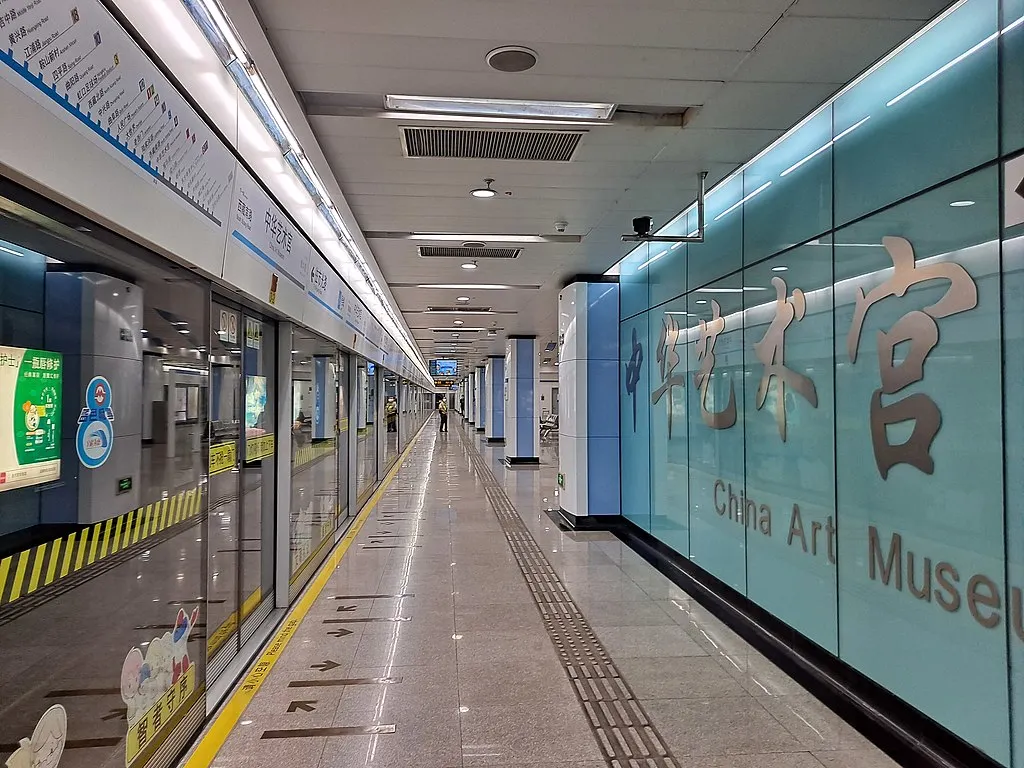
Source from China Travel Guide
Pay attention to the platform signs and announcements to ensure you are boarding the correct train, as some lines have services going to different destinations. The in-carriage announcements on the Beijing Metro can be relatively quiet, and the route displays in some older carriages are not very intuitive. Stay alert to avoid missing your stop.
Step 5: Exiting & Transfers
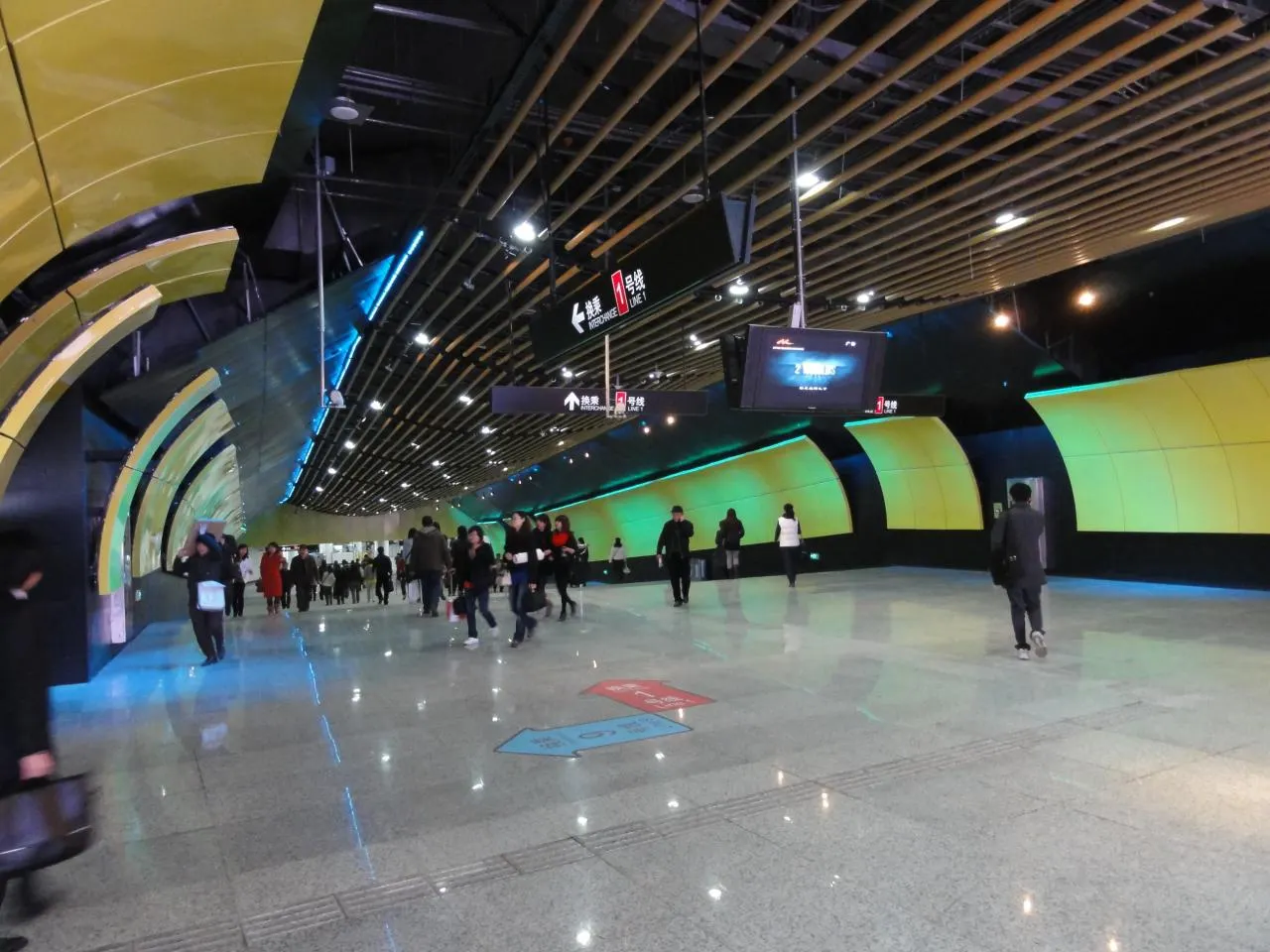
Source from China Travel Guide
Exiting: For a single-journey ticket, insert it into the slot at the exit gate—it will be retained. For Yikatong cards and QR codes, use them the same way you did to enter (tap or scan). The fare will be deducted from your card or app account.
Transfers: At most interchange stations, you can transfer between lines seamlessly without exiting the system.
Time Limit & Special Cases:
- The maximum time allowed for a single subway journey is 4 hours. If you exceed this limit, you will need to pay a minimum fare of RMB 3 when you exit.
- If you need to exit at the same station within 15 minutes of entering, you can go to the station's customer service center to have your entry record cancelled and exit manually free of charge.
Airport Express Note:
The one-way fare for the Airport Express from Dongzhimen to Terminal 2 or 3 of Beijing Capital International Airport is RMB 25.
Beijing Metro Transfer Guide
🔁 Top 5 Beijing Metro Transfer Hub Strategies
- Xizhimen Station (Lines 2, 4, 13): Strategy: Follow clear signage – green for Line 2, blue for Line 4, and yellow for Line 13. Transfer between Line 13 and Line 2/4 involves an underground concourse walk (approx. 3-5 mins). Direct access to Beijing North Railway Station is available.
- Dongzhimen Station (Lines 2, 13, Airport Express): Strategy: Use the spacious underground hall to transfer. Look for Airport Express signs if heading to the airport (20 mins to Capital Airport, ¥25). Line 2 and Line 13 transfer requires going upstairs via escalators.
- Guomao Station (Lines 1, 10): Strategy: Lines 1 and 10 are cross-platform interchange here. Passengers can alight and directly cross the platform to board the other line—extremely convenient. Follow floor signs for quickest access.
- Fuxingmen Station (Lines 1, 2): Strategy: Transfer via a clearly-marked underground passage (approx. 3-minute walk). Signs in red (Line 1) and blue (Line 2) are easy to follow. This is a key central interchange.
- Xidan Station (Lines 1, 4): Strategy: Transfer through a large underground concourse with multiple exits (approx. 4-minute walk). The station is well-signposted in red (Line 1) and teal (Line 4), with clear directional indicators.
Beijing Metro Transfer Guide
- Use Map Apps (Recommended): The easiest way is to use map apps like Baidu Map or Amap. Enter your destination, and the app will provide several route options with estimated time, transfer details, and even real-time crowding info—extremely helpful for planning.
- Follow In-Station Signage: If you prefer not to use an app, all transfer stations have abundant signage. Look for the line number and color, and arrows pointing to transfer passages. Just follow the signs for the line you need.
- Ask Staff or Fellow Passengers: If you’re unsure, subway staff (usually near ticket gates or platforms) or local passengers are generally helpful.
How to Pay for Beijing Metro: Ticket, Metro Card & QR Code
Beijing Metro | Purchasing Tickets with Physical Cards
Public Transportation Card: Want a tap-and-go "Octopus" card for Beijing? Head to the ticket counter or automated ticket machine at any subway station to buy a Public Transportation Card! Once topped up, you can tap in and out like a local~Plus, it can also be used at supermarkets and convenience stores!
Single-Journey Ticket: Just planning a one-time ride? Buy a single-journey ticket from an automated ticket machine or the ticket counter~Select your destination, pay, and you're good to go! Pro tip: The machines accept both cash and QR code payments — super convenient!
Beijing Metro | Mobile Ticketing
QR Code Travel: With a smartphone, you can pretty much survive in Beijing. Open Alipay, WeChat, or the "Yitongxing" App to get a subway ride code. Just scan it at the gate when entering — beep! You're in!
Beijing Metro | Cash Payments
If you're a "cash person," no worries. You can use cash to buy tickets at automated ticket machines or the ticket counter.
How much does it cost to ride the Beijing Metro?
Except for the Airport Line, fares are distance-based. The starting fare is ¥3, increasing with distance. Fares are grouped into tiers, with an additional ¥1 for every 20 km beyond 32 km. There is no upper limit on the fare. Each trip allows a maximum stay of 4 hours within the paid area.
- Starting fare: ¥3 – for journeys up to 6 km.
- 6 km – 12 km: ¥4.
- 12 km – 22 km: ¥5.
- 22 km – 32 km: ¥6.
- Beyond 32 km: +¥1 for every additional 20 km.
Beijing Metro Hours & Schedule
Beijing Metro | General Operating Hours
- Most lines operate from approximately 5:00 AM to 11:00 PM daily.
- Specific start and end times may vary slightly by line and station.
Beijing Metro | First and Last Train Times
- First trains generally depart around 5:00-5:30 AM from terminal stations.
- Last trains typically leave terminal stations by 11:00-11:30 PM.
- ⚠️ Last train times are often earlier on weekends and holidays (e.g., some lines may end by 10:30 PM).
Beijing Metro | Key Exceptions
- Airport Express Line: Runs from around 6:00 AM to 11:00 PM, with adjusted schedules for early/late flights.
- Daxing Airport Express: Operates from 6:00 AM to 10:30 PM (aligns with flight schedules).
Beijing Metro | Train Frequency
- Peak hours (7:00-9:00 AM, 5:00-7:00 PM): Trains every 2-4 minutes.
- Off-peak hours: Trains every 5-7 minutes.
- Weekends/holidays: Slightly reduced frequency (e.g., every 6-8 minutes).
Beijing Hotel Recommendations
From now until stock last, you can enjoy up to 8% off hotel deals on Trip.com when you register as a member on desktop or app!
FAQs about Beijing Metro
How do you pay for the metro in Beijing?
You can pay in cash in ticket vending machines or at manned ticket counters. Some stations accept only major credit cards such as Visa, Mastercard or UnionPay as mode of payment. Some stations have also started allowing credit cards to tap and go for contactless payments at ticket gates too.Is the Beijing Metro 24 hours?
It operates from 5 a.m. to 11 p.m., and a train arrives every 5 minutes on average. During rush hours, trains run every 4 or even 1.5 minutes! The Beijing subway has 27 lines with over 400 stations and a network spanning 800 km!Does the Beijing Metro connect to the airport?
The Beijing Subway is the rapid transit system of Beijing that consists of 25 lines including 20 rapid transit lines, two airport rail links, one maglev line (derived from magnetic levitation), 2 light rail lines, and 463 stations.Can I use a foreign credit card on the Beijing Subway?
With this advancement, Beijing's urban rail transit system has become the world's first to offer full-network metro access compatible with all five major international card brands: China UnionPay, Mastercard, Visa, JCB, and American Express.





 407600 booked
407600 booked